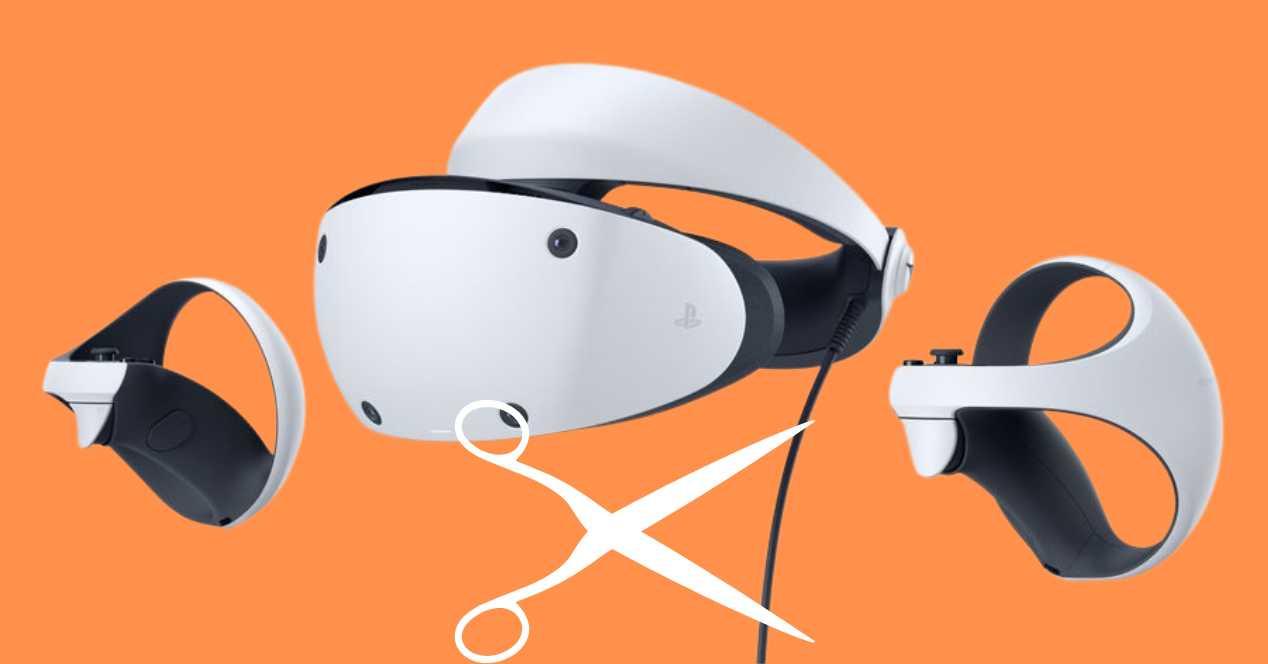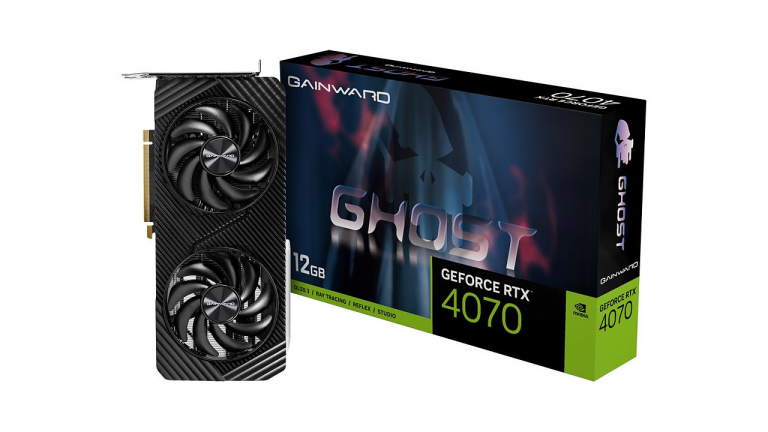One of the reasons many people love Meta Quest is because you have complete freedom of movement, which is possible due to the fact that the circuits are inside the unit and do not require PC or console. . The problem? Very limited graphics and technical ability. On the other hand, the visual experience with the PSVR 2 is jaw dropping on a visual and immersive level, but of course with a cable in the middle that greatly limits our movements.
Why are there no wireless VR glasses for PS5?
The magic of virtual reality is telepresence and this is achieved by ensuring that the time between when we perform an action with the controls and until it is seen on the screen is so low that it seems to our brain that it happens immediately. Obviously, behind everything there is a complex process that goes from interpreting our actions with the game controller until the image projected by the screen reaches our retina.
Obviously, if we have the system that generates the frame separate from the VR unit, as is the case with the PSVR 2, we have to assume that additional latency is added for the wireless information transfer, besides the fact that it would need a wireless module under a 60 GHz wireless connection for the transfer of images, both in the PS5 and in the glasses themselves, which will also need a battery to function in a way autonomous.
So wireless VR glasses for PS5 would mean an extra expense but we would also have an associated problem and that is that just transferring the video signal over the air and not wired would lead to an issue of increased latency which could completely break the immersion and therefore destroy the final experience. On PS5 and despite the power of the console, in order to be able to play the games fairly quickly, visual cuts had to be made so that the plot was generated much earlier.
A more powerful console is needed than the current PS5
So for wireless VR glasses on PlayStation, we will have to wait for SONY to release more powerful hardware which is a variant of the current console. We must start from the fact that the whole process takes less than 18 milliseconds, including the input lag created by the transmission of the frame to the screen. As we can’t reduce it then obviously the only solution is for each frame of the game to be generated in less time and this is achieved with a much more powerful CPU and GPU as long as we don’t have to lower the quality of the image .
Although there are transmission standards at 4K and 120 Hz, as is the case with DisplayLink XR, a standard released a few years ago, the times in the case of the PS5 HMD unit are measured to the nearest millimeter . That is to say, counting every millisecond in order to obtain the best possible result and for the moment there is no non-wired solution that has the same performance as a wired solution.
Let’s not forget that a console does not improve its hardware over time and the platform will be maintained for several years with it. However, this does not justify the existence of a possible PS5 Pro, because at the moment virtual reality is a niche that cannot sustain a system on its own.










